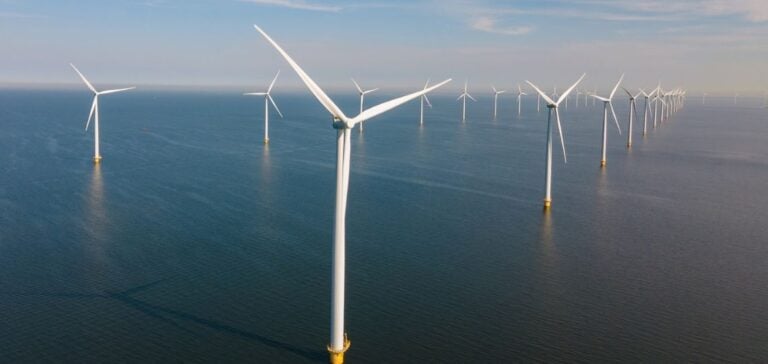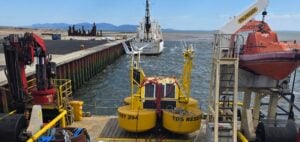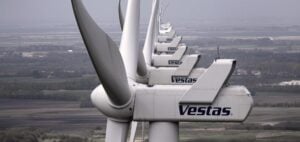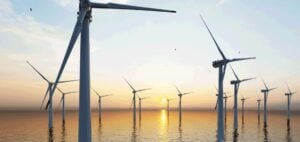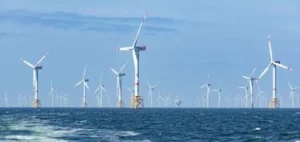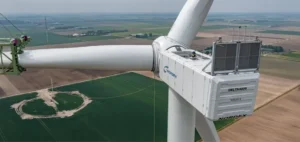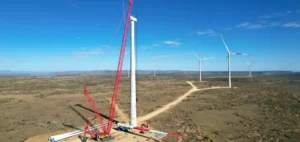Massachusetts and Rhode Island are committing to three new offshore wind projects totaling 2.9 gigawatts (GW) of capacity.
These initiatives, the result of a joint solicitation last March, aim to boost the energy capacity of both states while meeting CO₂ emissions reduction targets.
The selected projects, SouthCoast Wind, New England Wind 1 and Vineyard Wind 2, represent major milestones in the evolution of the regional energy mix.
New England Wind 1 is led by Avangrid Inc, SouthCoast Wind by a joint venture between EDP Energias de Portugal and Engie, while Vineyard Wind 2 is under the management of Vineyard Offshore, backed by Copenhagen Infrastructure Partners.
These wind farms should start generating electricity towards the end of the decade, contributing to the region’s energy independence and stability of supply.
US Offshore Wind Market Context
After a year 2023 marked by project abandonments and write-downs totaling $9.1 billion, the US offshore wind industry is returning to a certain equilibrium in 2024.
This stabilization is crucial for the sector, which has to contend with high construction costs, regulatory constraints and volatile financial markets.
Projects in New England reflect a more cautious, structured approach to achieving tangible energy production targets.
Federal state policies are now focusing on the increasing integration of renewables into their power grids, with Massachusetts aiming for a 50% reduction in CO₂ emissions from the energy sector by 2030 and a complete transition by 2050.
The state of Rhode Island, meanwhile, is targeting 100% renewable coverage of its energy needs by 2033.
Economic implications and financing strategies
Progress on these projects is essential to attract investment and strengthen the local value chain.
The development of offshore wind power could generate new business opportunities, particularly in shipbuilding, port logistics and specialized maintenance services.
However, infrastructure costs, local acceptability issues and regulatory requirements remain major challenges.
The companies involved seek to minimize risks through financing arrangements and strategic partnerships, guaranteeing an adequate return on investment.
Financial incentives, such as tax credits and subsidies, play a key role in these business models, but the stability of public policies will be crucial to the long-term viability of the projects.
Regulatory Challenges and Growth Opportunities
The regulatory framework for offshore wind development remains complex, with approval processes involving coordination between various state and federal agencies.
Necessary adjustments to existing regulations will have to be made to meet planning and marine safety imperatives.
The New England projects could serve as models for other regions in terms of risk management and integrated planning.
The next steps will be to overcome logistical constraints and finalize equipment supply and construction agreements.
Industry players are closely following the progress of these projects, as they could determine the future direction of the offshore wind industry in the USA.


